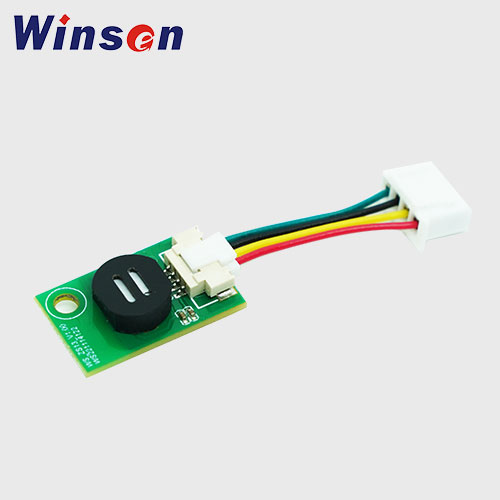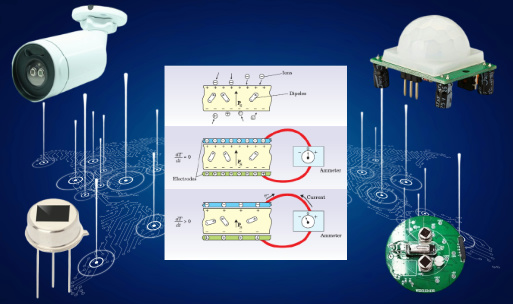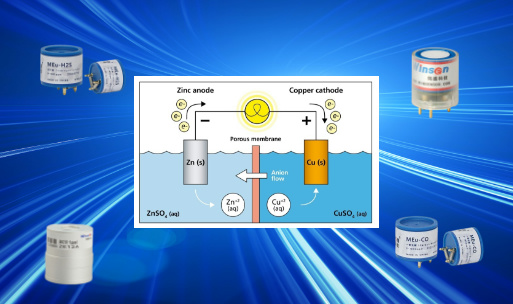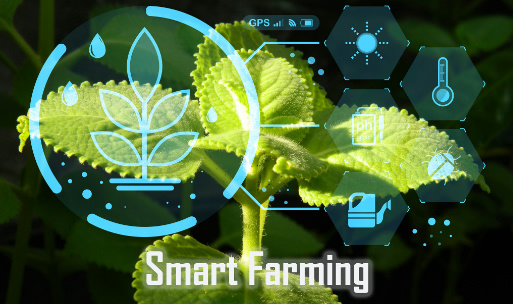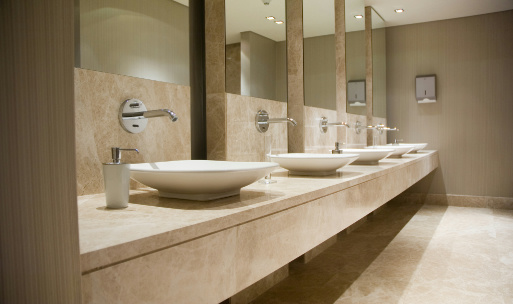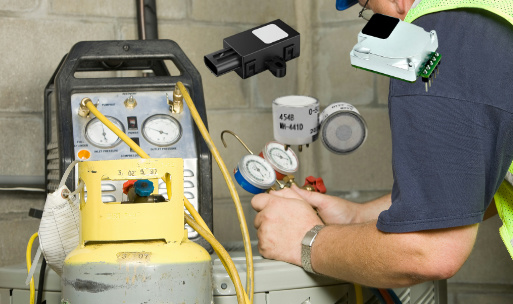The Role of Temperature and Humidity Sensors in Air Purifiers
Air purifiers have become essential in both residential and commercial spaces, especially in urban areas where pollution, allergens, and volatile organic compounds (VOCs) are common concerns. Modern air purifiers incorporate temperature and humidity sensors to monitor and maintain ideal indoor conditions, enhancing the overall air quality and user comfort. This article explores the application and benefits of these sensors in air purifiers, along with their impact on efficiency, performance, and the indoor environment.
Importance of Temperature and Humidity in Air Quality
Indoor air quality is heavily influenced by both humidity and temperature. Low humidity can lead to dry skin, respiratory discomfort, and increased susceptibility to infections, while high humidity can create a breeding ground for mold, mildew, and dust mites. Similarly, temperature influences comfort and can affect the functionality of various air purifier components. An optimal range of 30-50% humidity is generally recommended for health and comfort, with temperatures maintained within a comfortable range.
How Temperature and Humidity Sensors Work in Air Purifiers
Temperature and humidity sensors in air purifiers measure and report real-time environmental data. This information allows the air purifier to automatically adjust settings for optimal air purification. Here's how these sensors contribute to the operation of an air purifier:
- Temperature Sensors: These sensors measure the temperature within the purifier and the room. If the room temperature deviates significantly from a set range, the air purifier may adjust fan speeds or activate specific filters that work better under those conditions.
- Humidity Sensors: These sensors monitor the room's humidity level. High humidity levels can impact filter performance and reduce air quality, so if humidity rises too high, the purifier can alert the user or adjust its operation.
In high-end air purifiers, these sensors are often integrated into a single unit, known as a temperature and humidity module, which allows for streamlined control and improved user experience.
Winsen Temperature and Humidity Sensors Recommend
Applications and Benefits of Temperature and Humidity Sensors in Air Purifiers
1. Enhanced Air Quality Control
The primary function of air purifiers is to improve air quality by filtering out pollutants. Temperature and humidity sensors allow air purifiers to adapt to the current environment, ensuring optimal air quality under different conditions. For example, higher humidity levels can promote the growth of bacteria, dust mites, and mold, so the purifier can increase its airflow to reduce these contaminants.
If the air is too dry, however, some purifiers can adjust by reducing their intensity, as excessively dry air can be harsh on the respiratory system. The real-time adjustments that these sensors provide lead to a healthier and more comfortable indoor atmosphere.
2.Improved Comfort and Health
By monitoring and adjusting to ideal temperature and humidity levels, air purifiers equipped with these sensors help maintain a comfortable indoor environment. This is especially beneficial for people with respiratory issues, allergies, or asthma, as it minimizes irritants and allergens.
3.Enhanced User Experience and Personalization
Some air purifiers allow users to set desired temperature and humidity ranges. The sensors then maintain these preferences automatically, providing a customized air purification experience. This personalization ensures that each user can adjust the environment to suit their specific comfort levels.
4. Real-Time Monitoring and Smart Feedback
Modern air purifiers with built-in temperature and humidity sensors can display real-time data on their screens or connected apps, allowing users to monitor their indoor environment closely. The data may include readings of PM2.5, VOC levels, and humidity, as well as temperature indicators that influence air quality.
This smart feedback enables users to make informed decisions, such as running a humidifier alongside the purifier if the air is too dry. For individuals sensitive to air quality changes, such as those with asthma or allergies, this feature provides peace of mind and allows them to optimize their living space.
5. Energy Efficiency and Power Optimization
Temperature and humidity sensors play an essential role in reducing energy consumption. By constantly monitoring indoor conditions, these sensors allow the purifier to operate only when necessary. If the temperature or humidity is within a desirable range, the purifier can enter a low-power mode or reduce fan speed to conserve energy.
For instance, in very humid conditions, the purifier may increase airflow to prevent mold and bacteria proliferation. However, in an ideal environment, the purifier can save energy by adjusting itself to the minimum settings required for maintenance. This dynamic operation optimizes power usage, lowers energy costs, and extends the purifier’s lifespan.
6. Extending Filter Life
Filters in air purifiers, such as HEPA filters or activated carbon filters, have a limited lifespan. High humidity can clog filters more quickly by causing particles to adhere to the filter media. Temperature and humidity sensors help by adjusting the purifier’s operation to prevent overloading the filter under unsuitable conditions.
When high humidity is detected, the purifier might increase airflow to keep the filters cleaner for longer, reducing the frequency of replacements. Additionally, some smart air purifiers provide filter maintenance reminders based on real-time humidity data, further contributing to prolonged filter life.
7. Odor Control and VOC Reduction
Humidity plays a role in the concentration of odors and volatile organic compounds (VOCs) in the air. Higher humidity can increase the perception of odors, while VOCs may become more volatile at certain temperatures. Temperature and humidity sensors in air purifiers help manage these compounds by ensuring the purifier operates at a level that effectively reduces both odors and VOCs, even in challenging conditions.
When the sensors detect high humidity or temperatures that could elevate VOC levels, the purifier can increase airflow or engage specific filters, like activated carbon, to reduce odors and maintain cleaner air. This is especially useful in spaces such as kitchens, bathrooms, or areas where chemical cleaners or paints are used.
8. Preventing Condensation and Mold Growth
Condensation on surfaces due to high humidity can create an environment conducive to mold growth, which affects air quality and can trigger respiratory symptoms. Air purifiers with humidity sensors detect elevated humidity levels and adjust their settings to prevent condensation from forming. By reducing moisture, these purifiers help prevent mold and bacteria from spreading indoors.
This capability is especially beneficial in humid climates or during the rainy season, where mold issues are more prevalent. By maintaining a balanced humidity level, the air purifier provides a healthier and mold-free environment.
Future Trends: Advanced Sensors in Next-Generation Air Purifiers
1. AI and Machine Learning Integration
Next-generation air purifiers may use artificial intelligence (AI) and machine learning to optimize performance. These technologies will analyze data from temperature and humidity sensors to learn user preferences and adapt to environmental conditions, making air purification even more efficient.
2. Enhanced Sensor Accuracy and Response Time
As sensor technology advances, the accuracy and response time of temperature and humidity sensors will continue to improve. Faster response times will allow air purifiers to adapt more quickly to changing environmental conditions, leading to more effective air quality control.
3. Integration with Smart Home Ecosystems
Temperature and humidity sensors has been integrated into larger smart home systems, allowing seamless interaction with other devices such as humidifiers, thermostats, and climate control systems. This integration provides a holistic approach to indoor air quality and comfort.
Conclusion
Temperature and humidity sensors play a vital role in modern air purifiers, allowing them to adjust operation for optimal air quality and comfort. These sensors provide a range of benefits, from improved health and comfort to energy efficiency and extended device lifespan. As technology advances, these sensors will become even more sophisticated and small in size, enhancing the performance and personalization of air purifiers. For users seeking a cleaner, healthier indoor environment, air purifiers equipped with temperature and humidity sensors offer a significant advantage.
